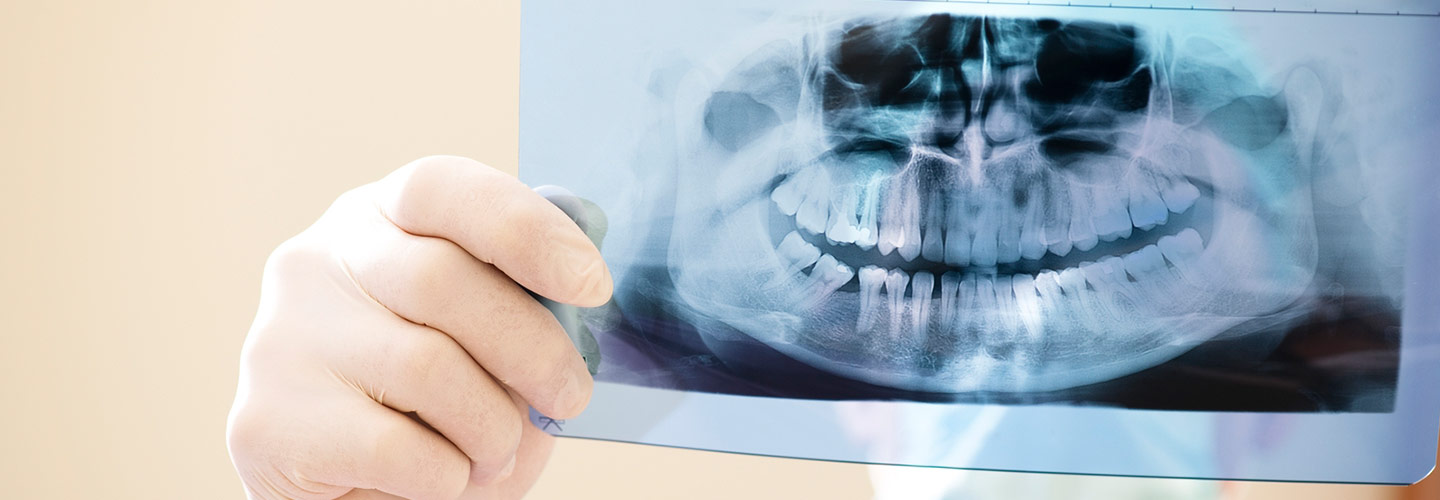Most bone graft procedures come with minimal discomfort, good success, and can be done in our office to minimize costs.
WHAT IS BONE GRAFTING?
Over a period of time, the jawbone associated with missing teeth atrophies or is resorbed. This
often results in a condition in which there is poor quality and quantity of bone suitable for
placement of dental implants. In the past, many patients have not been ideal candidates for placement of
dental implants. That said, there are implants of varying sizes that allow Dr. McCord to adapt implants to
the available bone in most cases. Today, we have the ability to grow bone where needed. This
not only gives us the opportunity to place dental implants of proper length and width, but also it
gives us a chance to restore functionality and esthetic appearance. It also provides opportunity for patients who
would not have been ideal candidates for this procedure in the past.
THE BONE GRAFT PROCEDURE
Bone grafting can help us prepare dental implant sites that have inadequate bone structure due to
previous extractions, gum disease, or injuries. The bone is either obtained from a tissue bank or
your own bone taken from the jaw. In addition, special membranes may be utilized which
dissolve under the gum, protect the bone graft, and encourage bone regeneration. This is called
guided bone regeneration or guided tissue regeneration.
THE SINUS LIFT PROCEDURE
The maxillary sinuses are behind the cheeks and above the upper teeth, and some of the roots of
the natural upper teeth may extend up into the maxillary sinuses. When these upper teeth are
removed, there is often just a thin wall of bone separating the maxillary sinus and the mouth.
Dental implants need bone to hold them in place. When the sinus wall is very thin, it is
impossible to place dental implants in this limited amount of viable bone; however there is a solution. It’s called a sinus
graft or sinus lift. The dental implant surgeon enters the sinus cavity from where the upper teeth used
to be. The sinus membrane is then lifted upward and donor bone is inserted into the floor of the
sinus area.
After several months of healing, the bone becomes part of the patient’s jaw, and dental implants
can be inserted and stabilized in this new sinus bone. The sinus graft makes it possible for many
patients to have dental implants, when years ago there was no option other than wearing
loose dentures.
If enough bone between the upper jaw ridge and the bottom of the sinus is available, sinus
augmentation and dental implant placement can sometimes be performed as a single procedure.
Otherwise, the sinus augmentations will have to be performed first and allowed to mature for
several months, depending upon the type of graft material used. Once the graft has matured, the
dental implants can then be placed.

